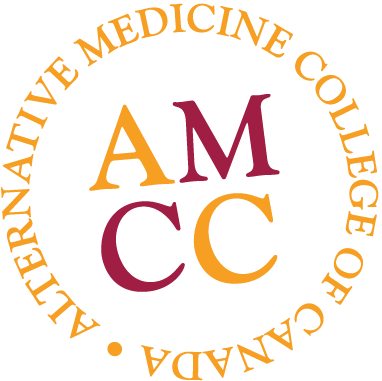Student Guide
Educational method
Contacting the school
Beginning the course
Answering questions
Correcting your answers
Planning your study schedule
Exam
Presentation and Objectives
Goals
Answer Grid # ……………………
Introduction to nutrition and energetics
Introduction
Energy exchange
The biosystem
The different types of energy exchange
The concept of enthalpy (H)
Applications
Energy produced
Yield
Cellular mechanisms
Chemical synthesis
Energy expenditures
Law of surface area
Basal metabolism
Nutritional balance and intermediary metabolism
Metabolic intermediaries
Metabolic pathways:
Importance of carbohydrates and energy metabolism
Where Does The Cell Get Its ATP?
Glycolysis
The Krebs Cycle
Electron Transport And Oxidative Phosphorylation
ATP: an essential molecule
Glycogen and carbohydrates
Energy production and fat
Energy production in the case of physical activity:
Amino acids in energy metabolism
The hierarchy of metabolic pathways
Energy storage:
Carbohydrate homeostasis
Muscle mass maintenance
Maintaining glycemia in a state of fasting
Revision
Activity 1
Study of daily calorie intake
Official nutrient intakes
The different DRI
Caloric Needs
Calculating daily energy balance
Different needs according to age and physical activity
A food diary that lists servings eaten and energy expenditures
Lean mass and physical activity level
Intake table
Usefulness of this table
Using the table
Establishing ICI
Revision
Activity2
Nutrition and particular cases
Growing children
General information
Pregnancy and breastfeeding
General information
Physical activity during pregnancy
Toxoplasmosis
Diabetes during pregnancy
Physiopathology:
Gestational diabetes
What are the complications of gestational diabetes ?
Diet after the age of 60
General information
Diet
Revision
Activity 3
Assessment of nutritional status
Why assess nutritional status?
Weight
Body composition
Lean mass (LM)
Fat mass (FM)
Obesity
Classification based on fat distribution:
A few epidemiological facts
The physiopathology of obesity
Diet in the obese individual
Energy expenditures in obese individuals
Heredity and genetics
The basic rules for treating obese individuals
Weight loss and malnutrition
Malnutrition/health problems: a vicious circle
Particular case: constitutional thinness
Revision
Activity 4
Psychological and emotional aspects of eating disorders
Food and psycho-affective aspects
Eating disorders
Hyperphagia
Hypophagia
Anorexia and bulimia
Bulimia (bulimia nervosa)
Revision
Activity 5
Answers
Activity 1
Activity 2
Activity 3
Activity 4
Activity 5
Appendix
Body Fat Percentage Correspondence Table
Exam
Evaluation Questionnaire 244
INDEX



